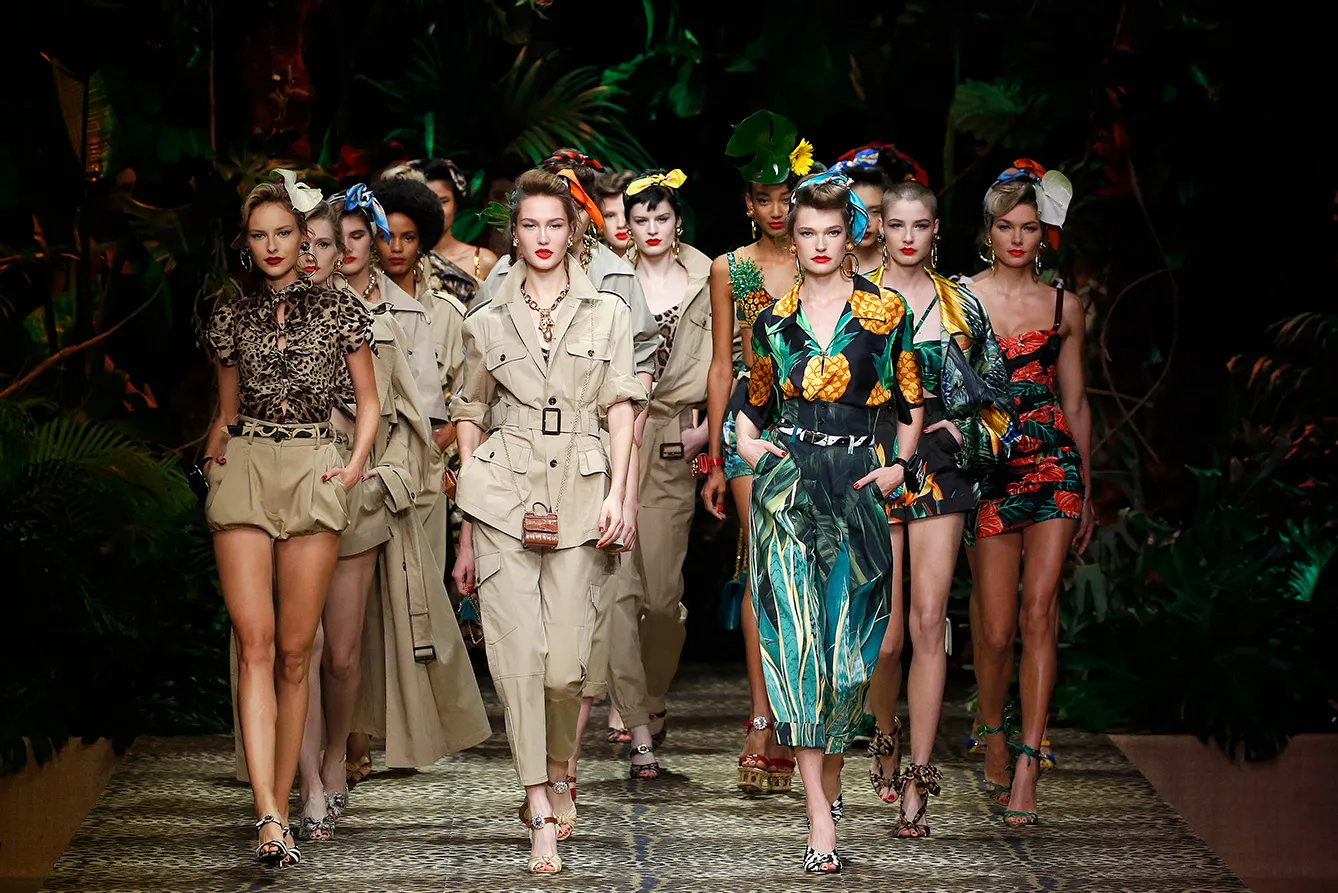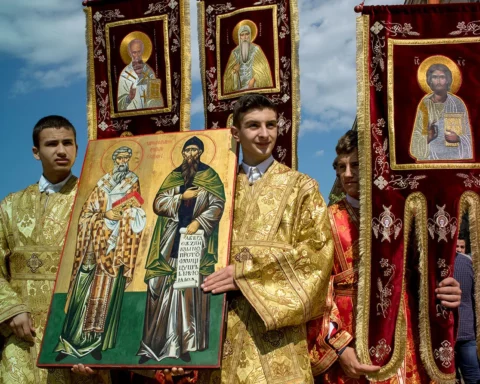Always in search of high quality and lower costs, for years, luxury brands have been heading to southeastern Europe, where they can find both. Bulgaria is hardly an exception. Over the years, the list of luxury brands relying on small Bulgarian companies for the carefully supervised – by themselves – production of their quality garments includes but is not limited to brands like Armani, Burberry, Chloé, D&G, Escada, Givenchy, Hugo Boss, Kenzo, Lacoste, Marc Cain, Max Mara, Sonia Rykiel, and Vivienne Westwood.
When we add mid-range and budget brands such as H&M and Zara, which also have production factories in Bulgaria, alongside Romania and Portugal, the country has emerged as a force to be reckoned with, known for high-quality tailoring at affordable prices.
Made in Bulgaria – mostly foreign affair
It works both ways. While owners of factories in Bulgaria working for some of the luxury brands headquartered in Europe are notoriously tight-lipped when it comes to sharing details about that cooperation, various estimates put the number of Bulgaria-produced clothing shipped abroad at 90%. For most of these companies, collaboration with demanding Western brands keeps them in business.
If we look at the map of Bulgaria, there is hardly a place with no tailoring factories. But most of these small to mid-sized operations are concentrated in the Rhodope Mountains in the south and northeastern Bulgaria. For the leading European luxury houses to experiment with production outside the homeland is not a novelty but a practice. As the main reason for the choice of Bulgaria, textile industry specialists point to the cheap but skilled workforce, excellent quality in the execution of orders, and the ability to work on a very tight schedule.
Last but not least, in Bulgaria, compared to other European countries, profit tax is quite low, as well as other taxes,” according to a lawyer who recently finalized a deal for the purchase of a property in northeastern Bulgaria to serve the needs of a major Turkish company specializing in subcontract manufacturing of clothing. According to the lawyer, Bulgaria, in addition to its proximity to Western Europe, offers a positive business climate.
With the rise of fast fashion, which has also left its mark on retailers known for their highly curated and time-consuming collections, luxury brands will continue to look for subcontractors close to home to turn up new pieces more often. Moncler, the Italian luxury fashion house, engaged further with the region. In 2016, the company opened a factory in Romania, which accounts for some 20% of its production. The geographic proximity allows the company to bring new pieces to the market more often and faster.
The labor market
Further on, brands are increasingly looking to move production from countries known for labor rights violations as customers are demanding transparency and accountability from the makers of their coats and sweaters. That being said, media reports also make it clear that there’s definitely room for improvement in the working conditions of some of the seamstresses in Bulgaria. But with Western brands demanding nothing but high quality from their subcontractors, factory owners are now racing to attract talent, offering not only a steady paycheck but amenities such as gyms and free meals.
This year, it will be the luxury sector, propped by wealthy shoppers who continue to travel and spend, that will outperform the rest of the industry, an analysis of McKinsey shows. Overall, according to McKinsey, the luxury sector is expected to grow between 5 and 10 percent in 2023. In its report, The State of Fashion 2023, the company lists as one of the top ten trends in future-proofing manufacturing. Following continued disruptions in supply chains, global production is set for reconfiguration. “Textile manufacturers can create new supply chain models based around vertical integration, nearshoring, and small-batch production, enabled by enhanced digitization,” McKinsey writes.
Across Bulgaria and Romania, small companies working with big European brands are paying attention.







